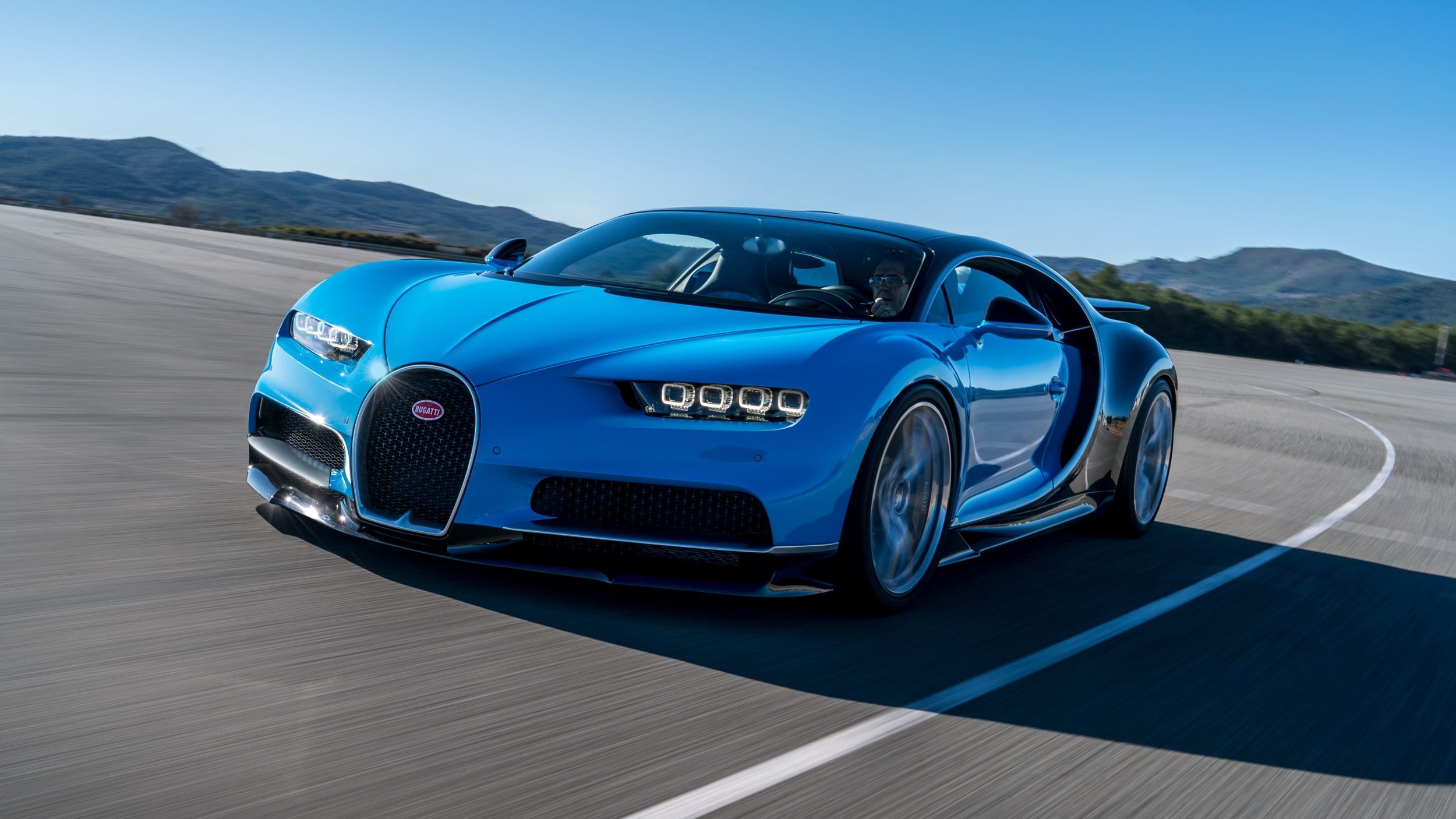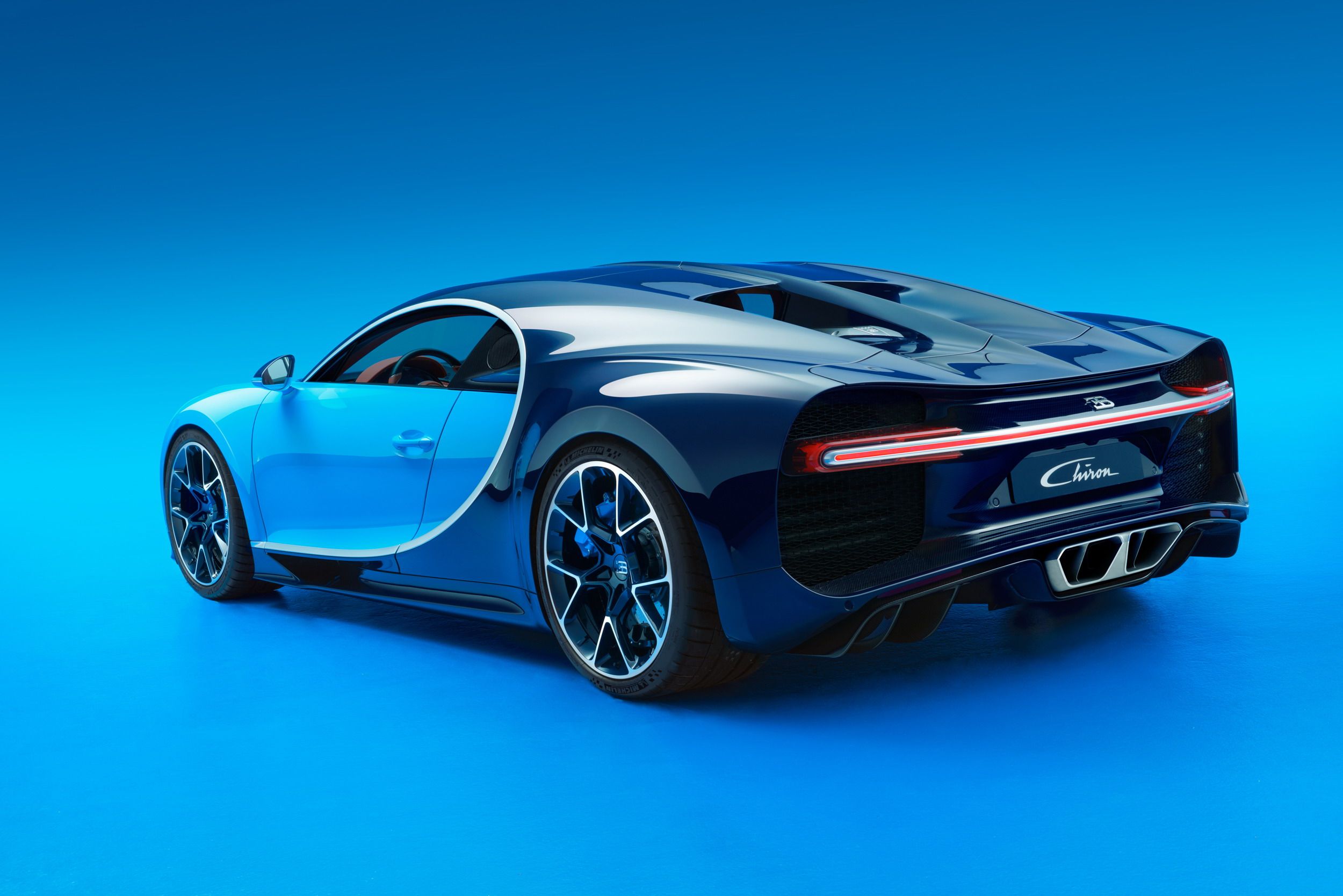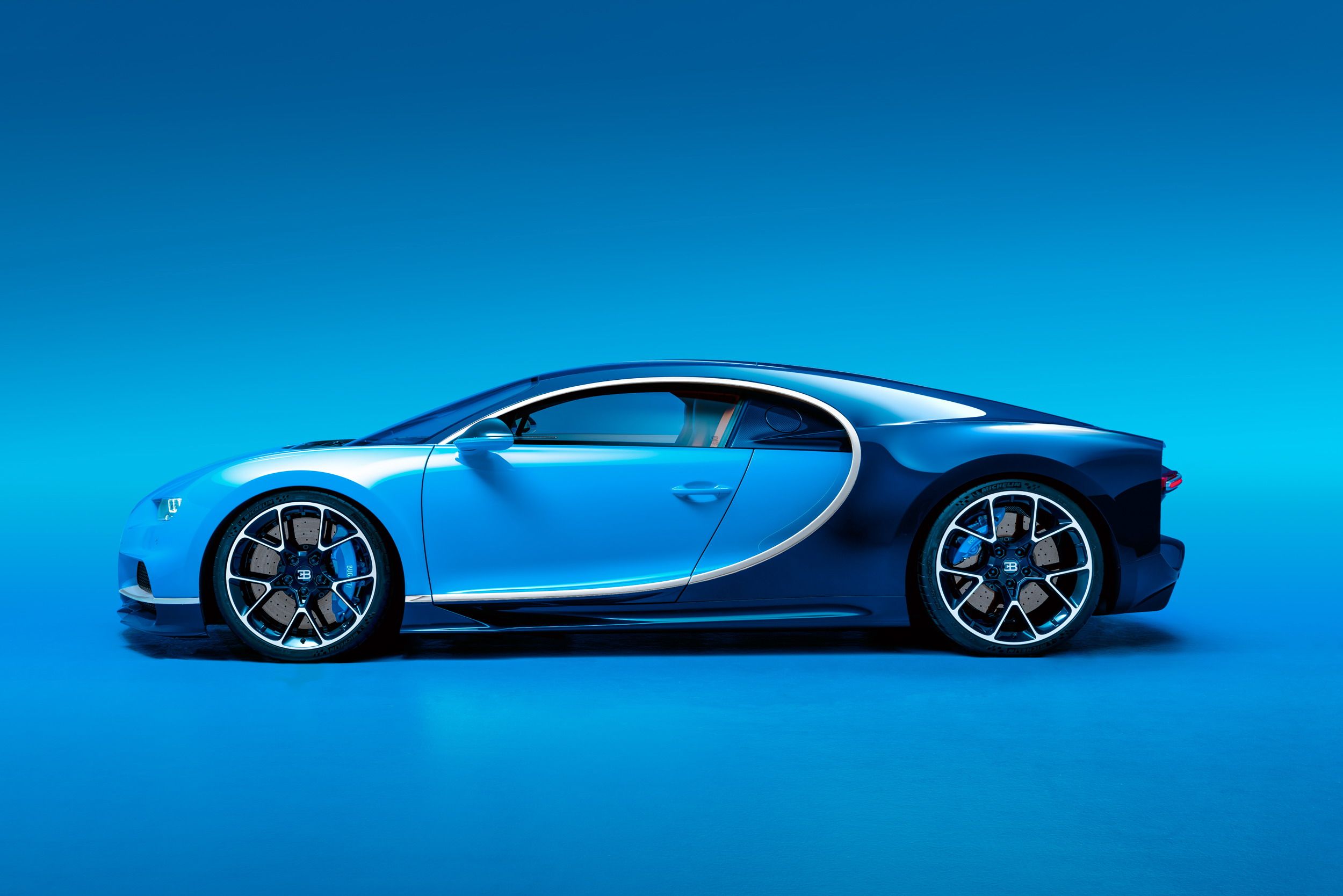If there’s anything the Bugatti Veyron taught us beyond the fact that it’s fast, powerful, and awesome, it’s that Bugatti isn’t going to shy away from squeezing the last drop of cache out of its models, even if it means extending said model’s production life to a full decade. The Veyron lasted for 10 years with this strategy and history could repeat itself with the Chiron as the automaker’s plans for its incumbent hypercar are expected to extend until around 2024, maybe even 2025. It’s not an entirely surprising move on Bugatti’s part. The automaker still has a lot of possible Chiron variants and derivatives on the table, including an “extreme” version that could, if Bugatti really went after it, hit a top speed of 310 mph. The big question, at least with regards to an extreme Chiron, isn’t an “if” question, but, rather, an “is it worth it” question. That won’t be answered immediately, but knowing that it’s on the table means that it could happen. Either way, it doesn’t look like the Chiron is going away anytime soon.
How is Bugatti a special sort of carmaker?
As an exclusive purveyor of exotic, multi-million-dollar performance cars, Bugatti, as an automaker, operates on a different playing field than most mainstream automakers in the world. It can’t rely on an extensive model portfolio the way Toyota, Honda, and other volume-based automakers. It also can’t rely on diversity the way Mercedes-Benz, BMW, and the like can tap into. With all the time, money, resources, and technology invested into one machine, Bugatti has to make the most out of the Chiron for as long as it can. That’s how the hypercar segment works, notwithstanding, of course, the possibility that we could see another Bugatti in the fold in the future. Still, one or two models is probably the max for Bugatti, and while the entry of that second model — a performance crossover has been discussed — is still in the air, Bugatti’s primary focus is to keep the Chiron relevant for as long as it can.
The Bugatti Veyron Family Was a Big One
Thankfully, Bugatti has some experience in that department. Before the Chiron burst into the hypercar scene in 2016, Bugatti’s champion of champions, the Veyron, lasted 10 years in the market, largely because the automaker found inventive ways to keep the model relevant. Look back on the Veyron’s history and you’ll see that Bugatti managed to keep it relevant by dropping lighter and more powerful variants during its entire production run. Production of the base Veyron started in 2005 and lasted until 2011, but before production of that version ended, Bugatti introduced the Veyron 16.4 Grand Sport in 2009. That model lasted until 2015. Along the way, Bugatti also launched the record-breaking Veyron Super Sport and the Veyron Grand Sport Vitesse, doing everything while keeping the entire nameplate’s production limited to 450 units. Considering that building Bugatti Veyrons isn’t the easiest thing to do, Bugatti's ability to carefully allocate the Veyron’s entire production run over 10 years while strategically scheduling the drop of multiple variants throughout that decade run is next-level product planning.
Then there were the limited edition and the one-off models. It’s true that throughout the Veyron’s life, the launch of these LEs and one-offs played a huge role in breathing new life into the nameplate every time one was launched. Limited edition models like the Veyron Pur Sang (5 produced in 2007), Veyron Sang Noir (15 produced in 2008), Veyron Nocturne (5 produced in 2010) were all launched separately at different points in the model’s lifespan. The same holds true for one-off models like the Veyron Grand Sport Sang Bleu (2010), Veyron Super Sport Le Saphir Bleu (2012), and Veyron Grand Sport Vitesse Lang Lang (2013).
Given what company CEO Stephan Winkelmann told AutomobileMag about the Chiron’s production run, it looks like Bugatti is going to dip into that strategy as well, especially now that, with three years in the market under its belt, the Chiron is ready to evolve. When asked about what that “evolution” entails, Winkelmann responded by saying that “several alternatives (are) under consideration,” including lighter and more powerful versions. “Additional body styles are also an opportunity,” he added, possibly opening the doors to a roofless version of the hypercar.
We can also expect to see several special edition versions of the Chiron soon, perhaps even a few one-of-ones thrown into the mix. Since assuming the CEO role in the company, Winkelmann has already presided over the developments of the 40-unit Bugatti Divo and the one-off Bugatti La Voiture Noire. The latter is the most expensive production car in the world after selling for €16.7 million, or around $18.7 million based on current exchange rates. It was initially reported that Cristiano Ronaldo bought the La Voiture Noire, but that has since been debunked. It remains unclear as to who actually owns the one-off model, but former Volkswagen Group chairman Ferdinand Piëch has also been linked to the La Voiture Noire.
In any event, a ten-year production run for the Chiron is attainable, especially now that Bugatti has more options to explore when it comes to creating different versions of the same model. Lighter and more powerful versions appear to be certainties, as well as new body types. Don’t sleep, though, on the possibility of an electric version happening, too. There have been talks within Bugatti regarding an extreme version of the Chiron that could, in perfect conditions, hit a top speed of 310 mph. While it’s certainly possible for Bugatti to make the Chiron lighter and coax more power out of its 8.0-liter quad-turbo W-16 engine, the road to a 310-mph top speed will likely have to go through electrification.
Bugatti Chiron Specs
|
Engine |
8-liter, quad-turbo, W-16 |
|
Power output |
1,479 hp |
|
Torque |
1,180 lb-ft |
|
0-62 mph |
2.5 seconds |
|
0-124 mph |
6.5 seconds |
|
0-186 mph |
13.6 seconds |
|
Top speed (limited) |
261 mph |
Final Thoughts
That’s a discussion that Bugatti is open to, even if the possible payoff is still a few years away if it even happens. In addition to the technologies that Bugatti has to address, it also needs to find a tire maker that can supply the necessary tires to help the Chiron withstand the kind of abuse required to reach 310 mph. It’s not necessarily impossible to put all these pieces together, but if you’re expecting Bugatti to have the whole puzzle solved in a few years, you have a better chance of winning the lottery.
None of these conjectures take away from Bugatti’s goal to keep the Chiron relevant for at least another five years. It’s done it before with the Veyron. Bugatti managed to milk that model down its last drop. There’s no stopping the automaker from adopting a similar strategy with the Chiron.
Further Reading
Read our full review on the 2018 Bugatti Chiron.
Read our full review on the 2018 Bugatti Chiron Sport.
Read our full review on the 2016 Bugatti Vision Gran Turismo.
Read more Pebble Beach Concours d'Elegance news.
Read more Bugatti news.



